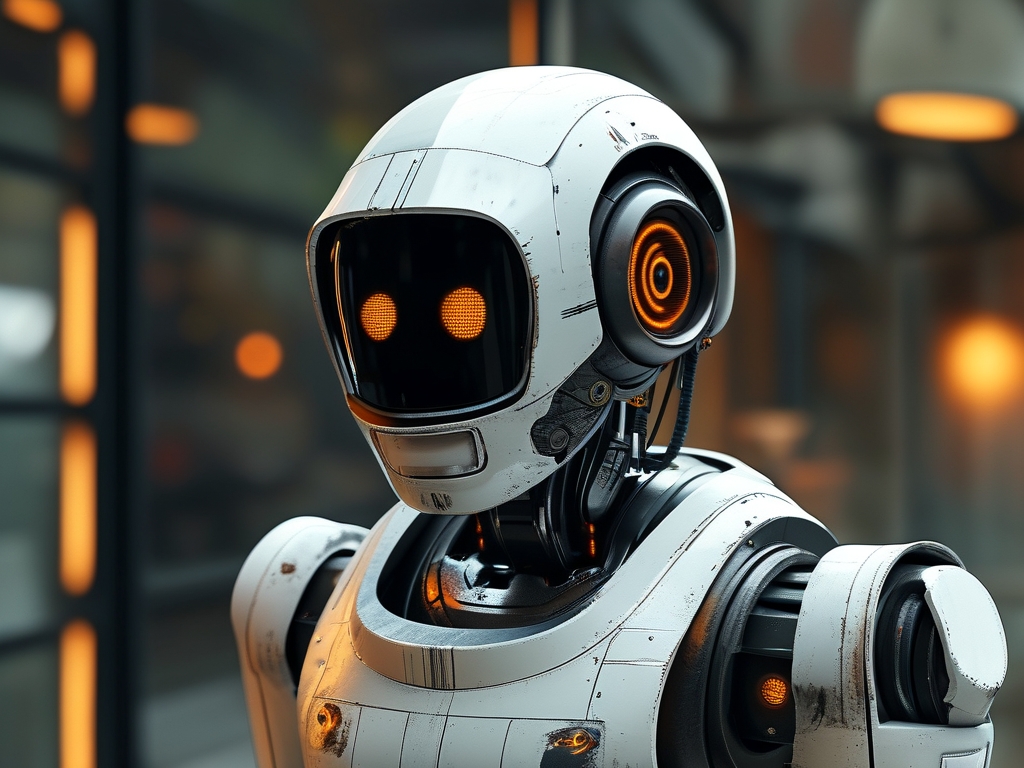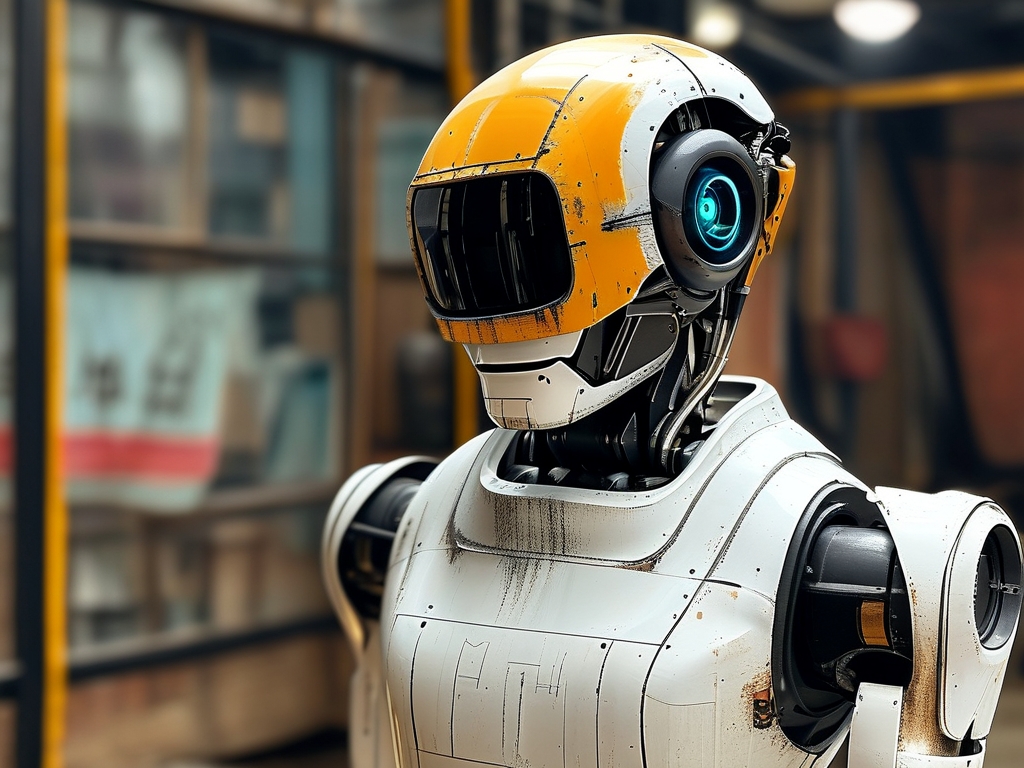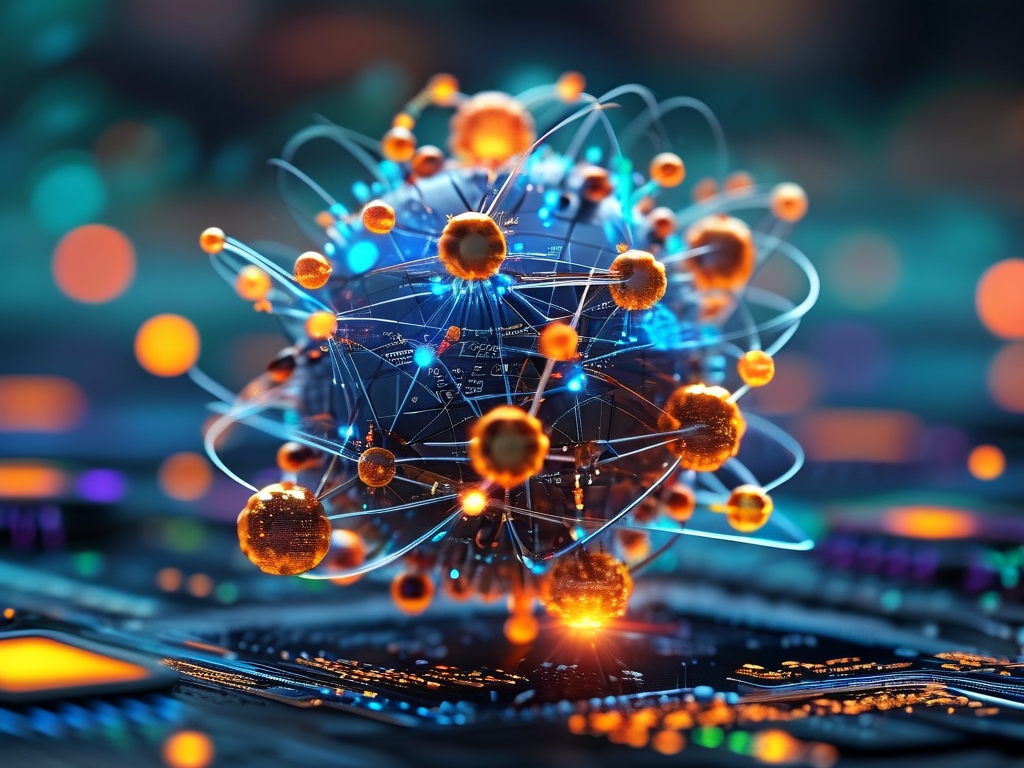The United States has long been a global leader in technological innovation, and its advancements in robotics technology exemplify this dominance. From industrial automation to cutting-edge AI-driven systems, American robotics has reshaped industries, redefined human-machine collaboration, and sparked debates about ethics, employment, and the future of work. This article explores the trajectory of American robotics, its current applications, and the challenges and opportunities it presents.
Historical Foundations of American Robotics
The roots of American robotics trace back to the mid-20th century, when pioneers like George Devol and Joseph Engelberger developed the first programmable industrial robot, Unimate, in the 1950s. This invention revolutionized manufacturing, particularly in the automotive sector, where robots began performing repetitive, dangerous tasks with unmatched precision. By the 1980s, companies like General Motors and Ford had integrated robotics into assembly lines, boosting productivity and setting a precedent for global manufacturing practices.
The U.S. government also played a pivotal role through agencies like DARPA (Defense Advanced Research Projects Agency), which funded early research into autonomous systems. DARPA’s Grand Challenges in the 2000s, for instance, accelerated the development of self-driving vehicles, laying the groundwork for companies like Tesla and Waymo. Academic institutions such as MIT, Stanford, and Carnegie Mellon further cemented America’s robotics leadership by fostering interdisciplinary research in AI, machine learning, and mechanical engineering.
Modern Applications Across Industries
Today, American robotics spans diverse sectors:
- Healthcare: Surgical robots like Intuitive Surgical’s da Vinci System enable minimally invasive procedures, reducing recovery times and improving patient outcomes. Meanwhile, assistive robots aid individuals with disabilities, enhancing independence.
- Agriculture: Companies like John Deere deploy autonomous tractors and drones to monitor crops, optimize yields, and address labor shortages.
- Logistics and E-commerce: Amazon’s warehouse robots, such as Kiva Systems, streamline order fulfillment, while startups like Boston Dynamics create agile robots capable of navigating complex environments.
- Defense and Space Exploration: Military drones and NASA’s Mars rovers, like Perseverance, highlight robotics’ role in national security and scientific discovery.
Breakthroughs in AI and Human-Robot Interaction
A defining feature of modern American robotics is the integration of artificial intelligence. Machine learning algorithms allow robots to adapt to dynamic environments, learn from experience, and even make decisions autonomously. For example, OpenAI’s robotic systems demonstrate dexterity in manipulating objects, while Boston Dynamics’ Spot and Atlas robots showcase unprecedented mobility and balance.

Human-robot collaboration is another frontier. Cobots (collaborative robots) designed by companies like Universal Robots work alongside humans in factories, combining human creativity with robotic efficiency. This synergy is critical in industries requiring precision, such as electronics manufacturing and pharmaceuticals.
Ethical and Societal Challenges
Despite its benefits, robotics technology raises significant concerns:
- Job Displacement: Automation threatens millions of jobs, particularly in manufacturing and logistics. While new roles in robotics maintenance and programming may emerge, reskilling workers remains a pressing challenge.
- Ethical AI: Ensuring robots make ethical decisions—such as in autonomous vehicles during life-threatening scenarios—requires robust frameworks. The U.S. lacks comprehensive federal regulations, leaving companies to self-police.
- Privacy and Security: Connected robots collect vast amounts of data, raising risks of breaches or misuse. Policymakers must balance innovation with safeguards.
The Global Race for Robotics Supremacy
While the U.S. remains a leader, competitors like China, Japan, and Germany are investing heavily in robotics. China’s “Made in 2025” initiative prioritizes AI and automation, while Japan excels in humanoid robotics for elderly care. To maintain its edge, the U.S. must address funding gaps in STEM education, incentivize private-sector R&D, and foster international collaborations.
The Future of American Robotics
Looking ahead, several trends will define the next decade:

- AI-Driven Personalization: Robots tailored to individual needs, from personalized healthcare assistants to adaptive educational tutors.
- Swarm Robotics: Coordinated fleets of drones or robots for tasks like disaster response or environmental monitoring.
- Ethical Governance: Developing global standards for robotic accountability, transparency, and safety.
American robotics stands at a crossroads of immense potential and profound responsibility. By embracing innovation while addressing societal impacts, the U.S. can ensure that robotics technology serves as a force for progress, enhancing productivity, improving quality of life, and solving humanity’s greatest challenges. The journey ahead demands collaboration among engineers, policymakers, and ethicists to build a future where humans and robots thrive together.


